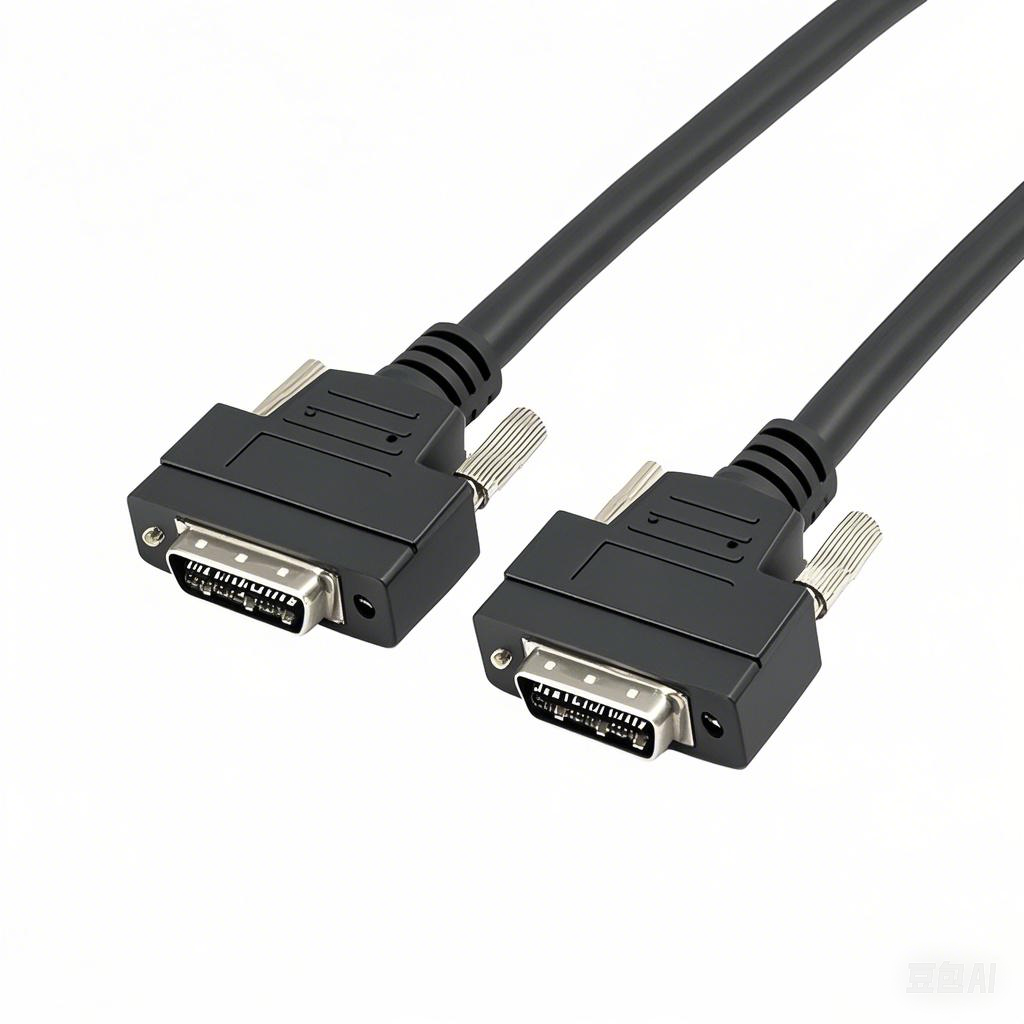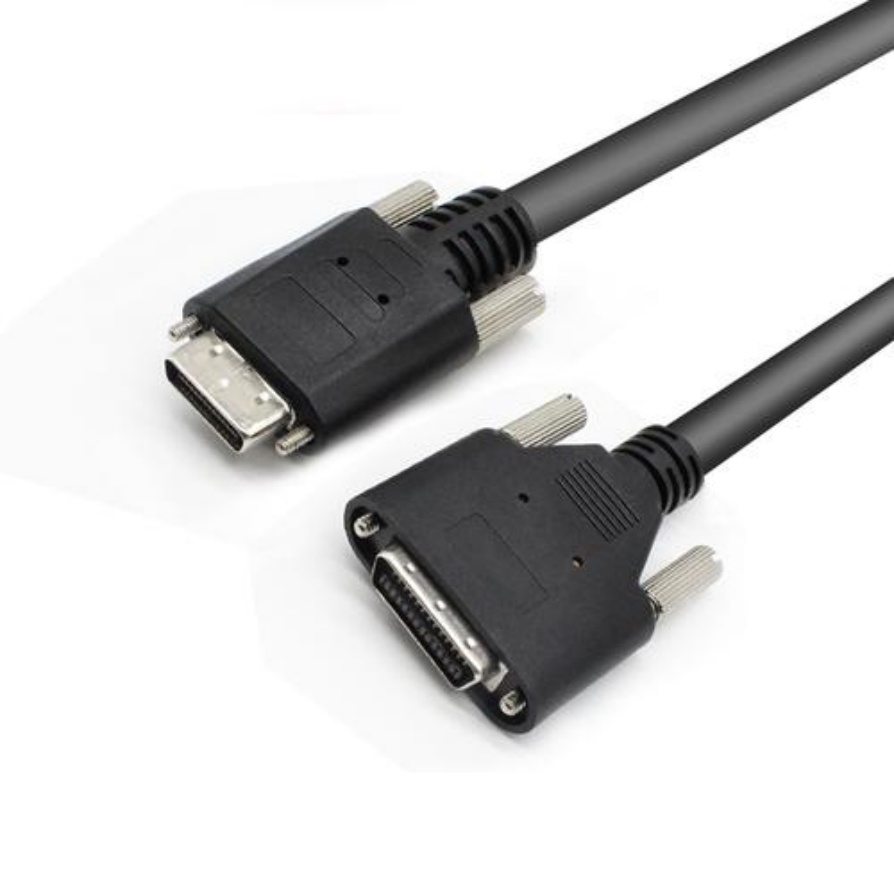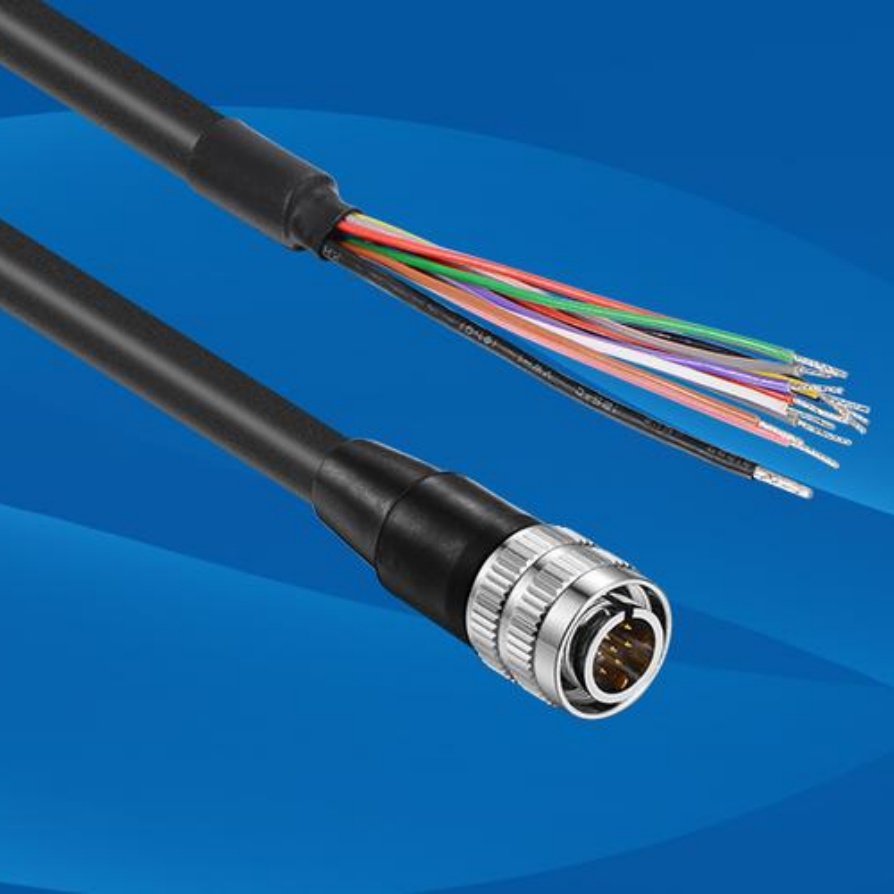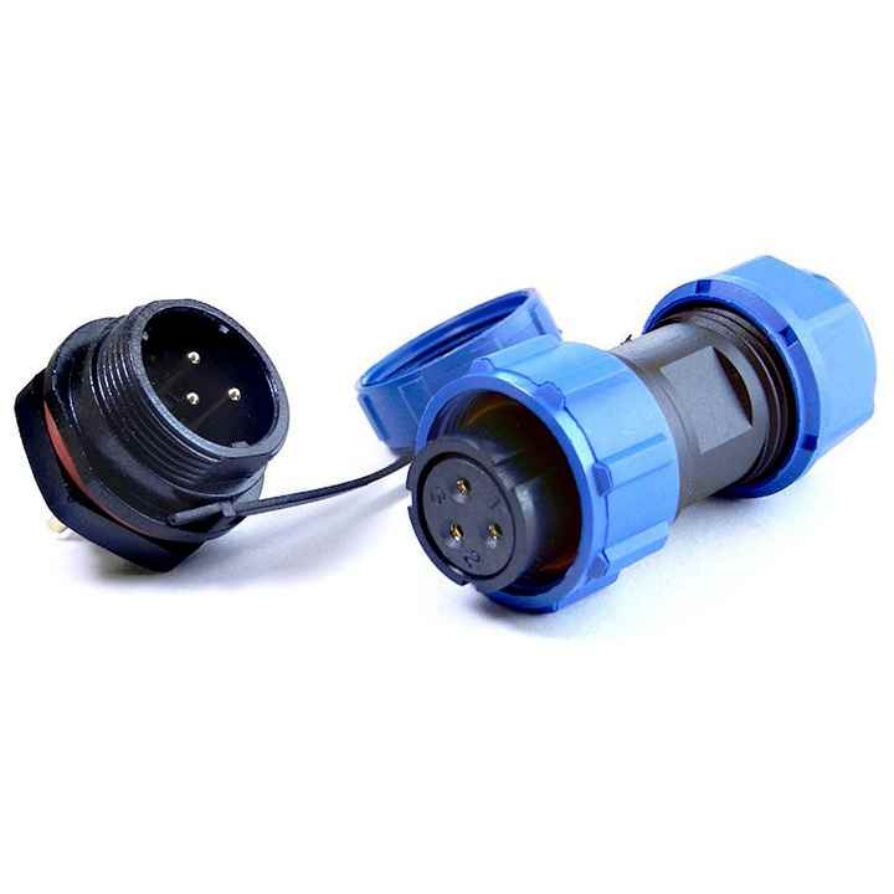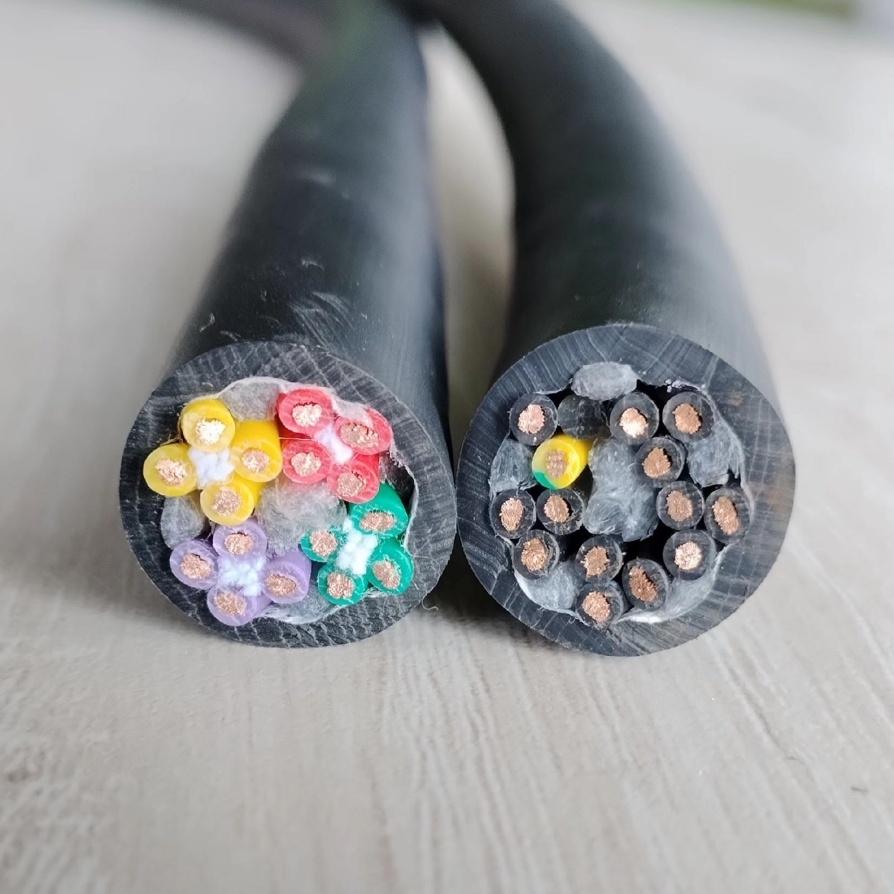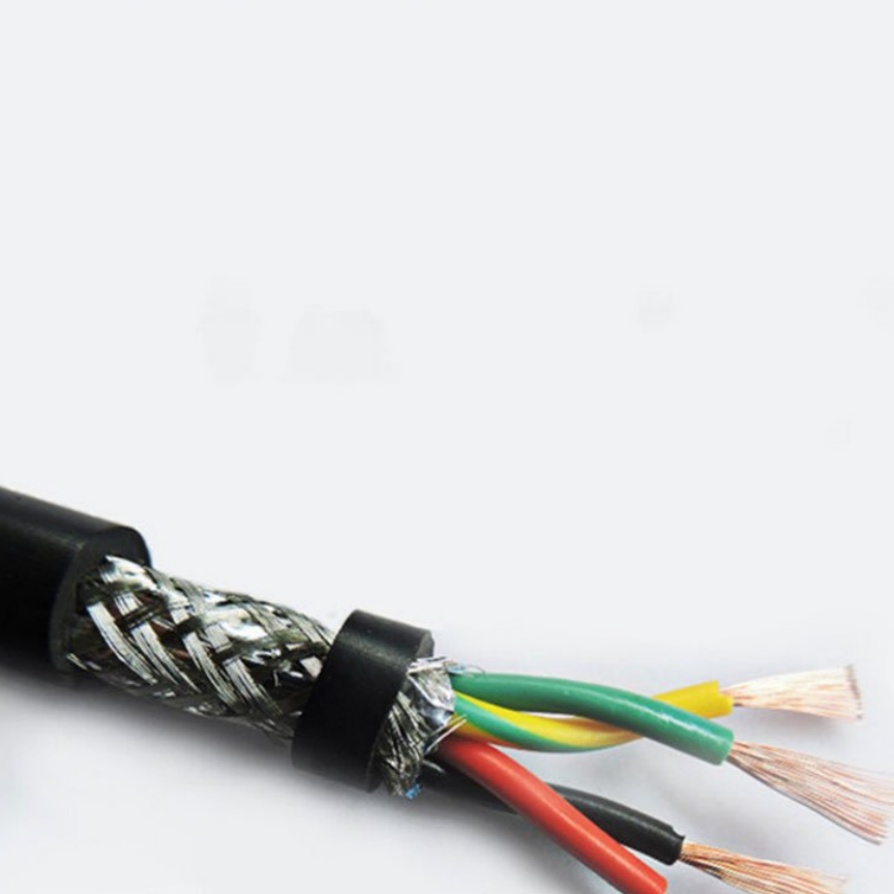How Machine Vision Cables Adapt to New Tech
Machine vision systems are undergoing a seismic shift, driven by advancements in high-resolution imaging, AI-driven analytics, and hyperconnected Industry 4.0 infrastructure. At the heart of this evolution lies an unsung hero: machine vision cables. Once considered passive components, these cables are now adapting to support cutting-edge technologies—from terabit data streams to collaborative robotics. This article explores how cable design, materials, and protocols are evolving to meet the demands of next-generation automation.
1. Scaling for High-Resolution, High-Speed Imaging
Modern machine vision cameras now capture 8K+ resolution at 300+ fps, generating data loads that strain traditional cables.
Technology Cable Adaptation Example
8K/12K Imaging CoaXPress 2.0 over fiber optics (50 Gbps+) JAI’s 12K line scan cameras use QSFP-DD fiber cables
Hyperspectral Imaging Multi-channel hybrid cables (data + power) FLIR’s X Series cameras deploy 4-in-1 hybrid cables
Event-Based Vision Microsecond-latency Active Optical Cables (AOCs) Prophesee’s neuromorphic sensors use AOCs for real-time event streaming
Case Study: A pharmaceutical inspection system using 8K cameras reduced false rejects by 40% after upgrading to impedance-tuned coaxial cables, minimizing signal loss over 15m runs.
2. Enabling AI and Edge Computing Workloads
AI inference at the edge requires cables to deliver low-latency, high-fidelity data while managing power efficiently:
Power-over-Everything (PoE/PoDL):
USB4 cables deliver 240W power + 80 Gbps data to AI cameras.
Single-pair Ethernet (SPE) cables power IIoT vision nodes in tight spaces.
Edge-AI Co-Processing:
PCIe Gen5 cables link cameras to on-site GPUs with 128 GT/s bandwidth.
Innovation: NVIDIA’s Jetson-powered smart cameras use shielded USB4 cables to transfer RAW 10-bit video to edge AI accelerators with <0.5ms latency.
3. Surviving Harsh Industrial Environments
Next-gen cables are engineered to withstand extreme conditions:
Challenge Adaptation Result
Chemical Exposure Fluoroelastomer jackets resistant to oils/solvents Withstand automotive paint shop chemicals
High Temperatures Silicane-coated conductors (stable up to 250°C) Used in foundry furnace inspection bots
Vibration/Flexing TPE-insulated stranded cores (20M+ bend cycles) ABB’s IRB 360 FlexLoader uses drag-chain cables
Breakthrough: Amphenol’s “RAD-Dura” cables withstand 500 kGy radiation doses, enabling nuclear facility inspections.
4. Supporting Collaborative Robotics and AGVs
Cobots and Autonomous Guided Vehicles (AGVs) demand cables that balance flexibility, durability, and signal integrity:
Torsion-Resistant Designs:
Helical shielding in IGUS’s CF29 cables allows 360° rotation in 6-axis cobots.
Lightweight Composite Conductors:
Aluminum-Magnesium alloy wires cut mass by 60% for overhead gantry systems.
EMI Immunity:
Twinax cables with double-layer braid suppress noise from wireless AGV chargers.
ROI: Fanuc’s CRX-10iA cobots achieved 99.9% uptime using torsion-optimized cables, versus 92% with generic alternatives.
5. Integrating with Wireless and 5G Networks
While wireless gains traction, cables remain critical for backbone connectivity:
5G mmWave Backhaul:
26 GHz RF-over-Fiber (RoF) cables connect vision systems to private 5G cores.
Hybrid Wireless/Wired Networks:
Fischer CoreTRAX cables combine PoE, USB3, and Wi-Fi 6E in one jacket.
Example: BMW’s 5G smart factory uses hybrid cables to synchronize 200+ wireless cameras with <10 µs jitter.
6. Future-Proofing for Emerging Technologies
Cable innovators are already addressing tomorrow’s challenges:
Quantum-Secure Links:
QKD (Quantum Key Distribution)-enabled fibers protect vision data from quantum hacking.
Self-Healing Conductors:
Microcapsule-based coatings repair minor insulation breaches autonomously.
Adaptive Impedance Cables:
FPGA-controlled cables auto-adjust to camera/processor impedance mismatches.
Vision: SABIC’s R&D lab is testing graphene-doped cables capable of 200 Gbps speeds with passive cooling.


